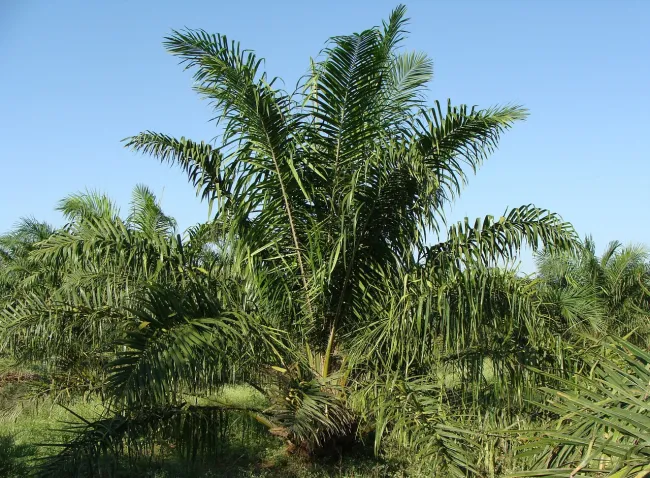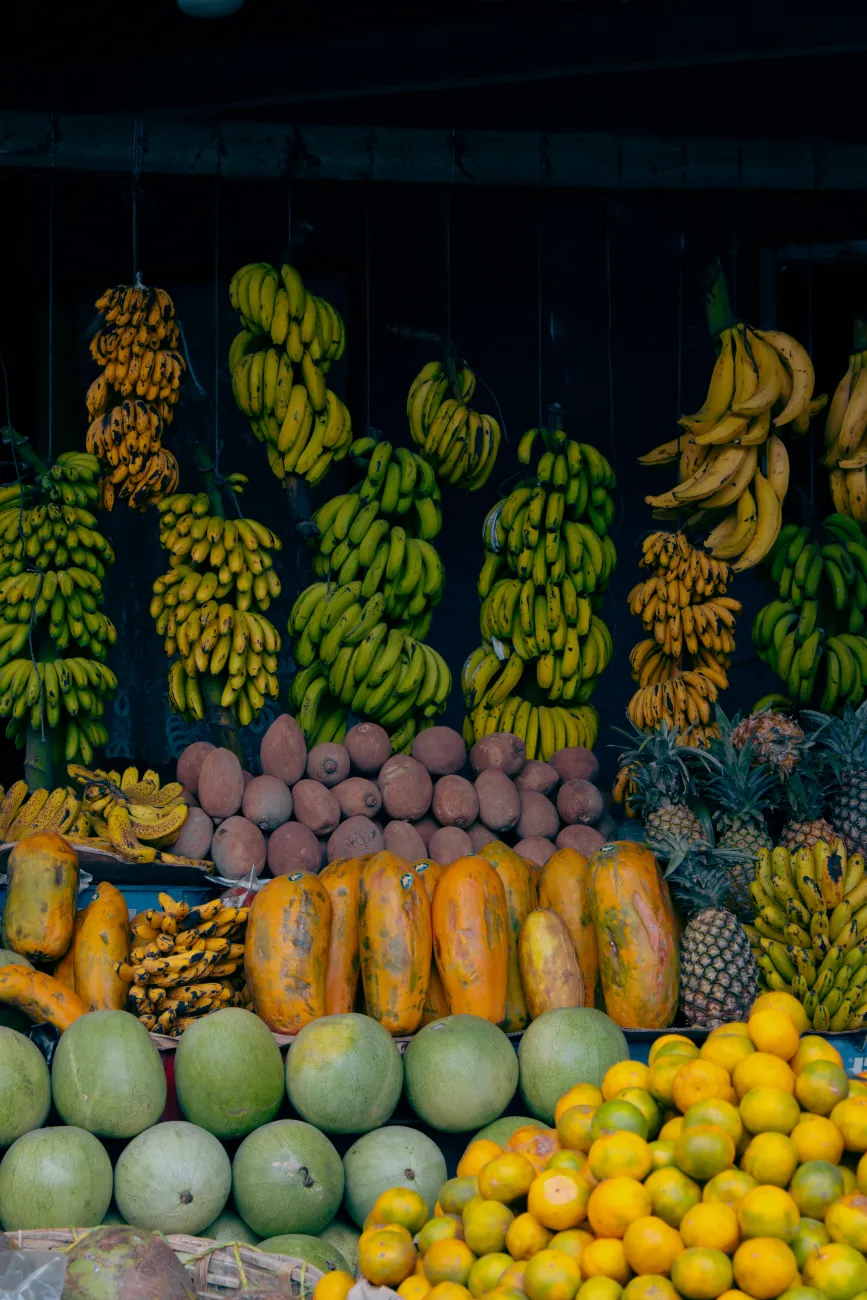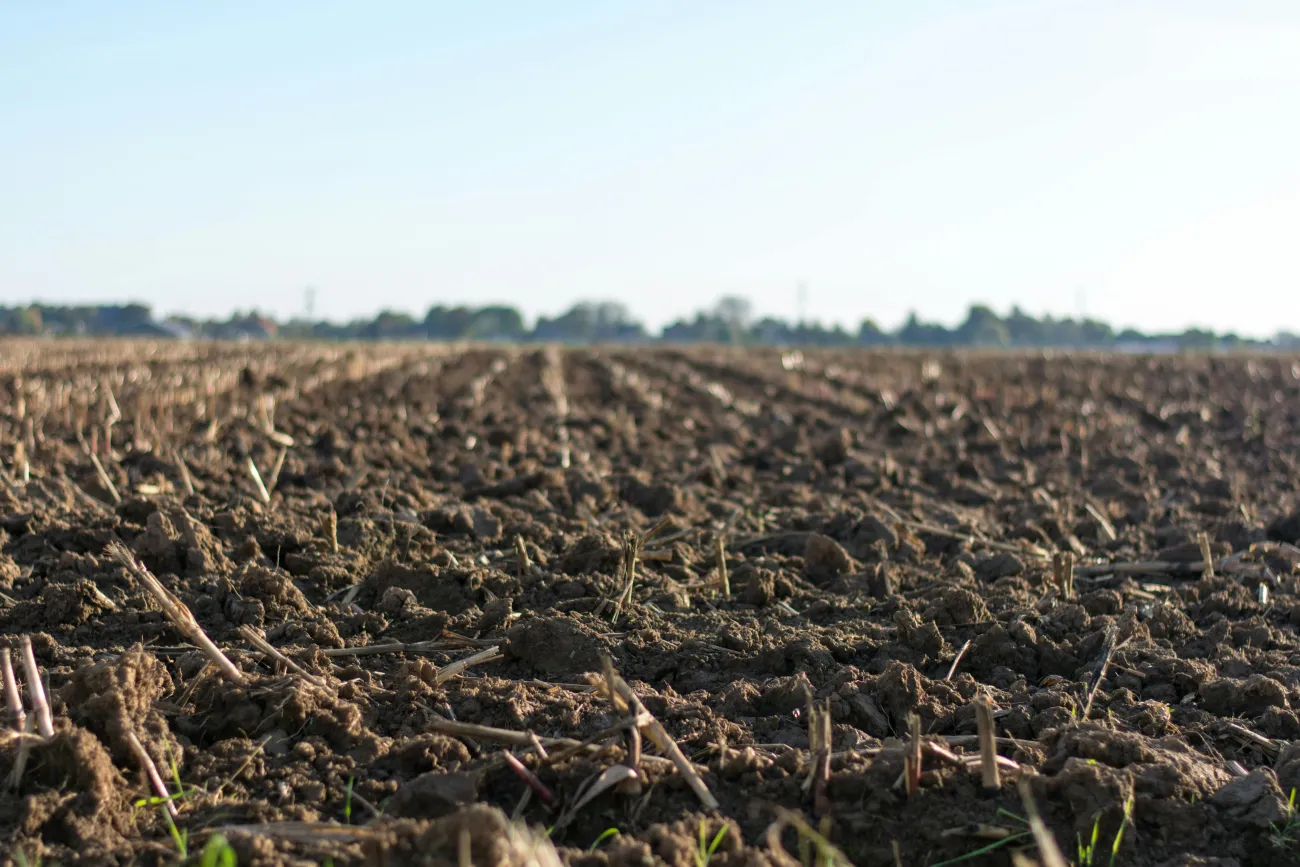A recent paper assesses the carbon implications of converting Indonesian rainforests to oil palm monocultures, rubber monocultures or rubber agroforestry systems (known as “jungle rubber”). It finds that carbon losses are greatest from oil palm plantations and lowest from jungle rubber systems, in all cases being mainly from loss of aboveground carbon stocks. The paper points out that, “Thorough assessments of land-use impacts on resources such as biodiversity, nutrients, and water must complement this synthesis on C but are still not available.”

Abstract
Land-use intensification in the tropics plays an important role in meeting global demand for agricultural commodities but generates high environmental costs. Here, we synthesize the impacts of rainforest conversion to tree plantations of increasing management intensity on carbon stocks and dynamics. Rainforests in Sumatra converted to jungle rubber, rubber, and oil palm monocultures lost 116 Mg C ha−1, 159 Mg C ha−1, and 174 Mg C ha−1, respectively. Up to 21% of these carbon losses originated from belowground pools, where soil organic matter still decreases a decade after conversion. Oil palm cultivation leads to the highest carbon losses but it is the most efficient land use, providing the lowest ratio between ecosystem carbon storage loss or net primary production (NPP) decrease and yield. The imbalanced sharing of NPP between short-term human needs and maintenance of long-term ecosystem functions could compromise the ability of plantations to provide ecosystem services regulating climate, soil fertility, water, and nutrient cycles.
Reference
Guillaume, T., Kotowska, M.M., Hertel, D., Knohl, A., Krashevska, V., Murtilaksono, K., Scheu, S. and Kuzyakov, Y., 2018. Carbon costs and benefits of Indonesian rainforest conversion to plantations. Nature Communications, 9(1), p.2388.
Read the full open access article here. See also the Foodsource building block What is land use and land use change?




Comments (0)